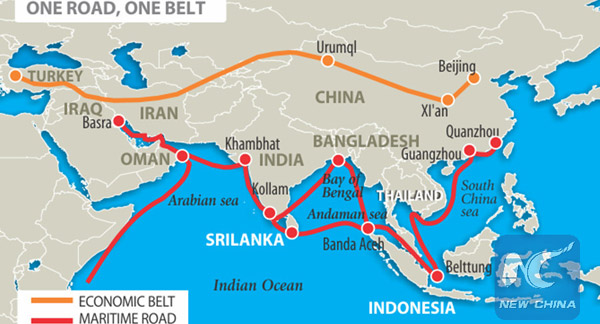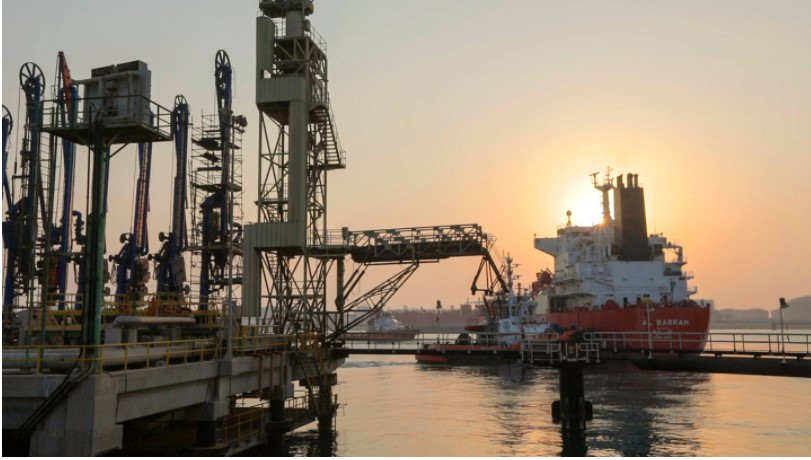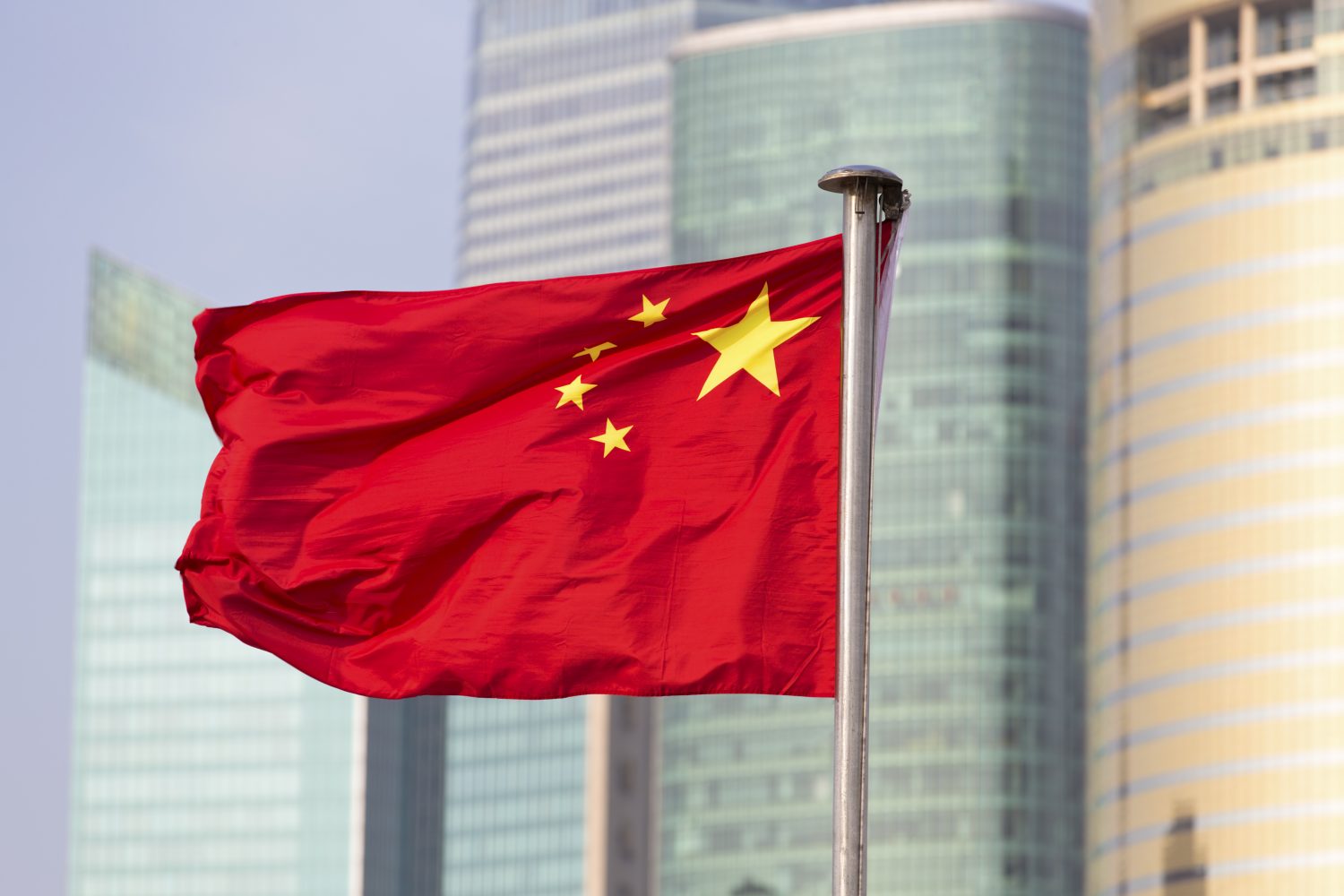China’s Belt and Road (B&R) initiative is an ambitious undertaking that has the potential to reshape the global economy and transform world trade.
Many governments, multinational development organisations and international corporations welcome the opportunity to support the series of cross-border infrastructure projects.
With over 60 countries and 4.4 billion people included in the route passing from Asia to Africa, covering a third of world GDP, the economic and financial benefits of B&R are likely to go beyond the countries getting new bridges, railway lines and roads.
“Many corporations are doubtful that the initiative is relevant for organizations not in the business of building airports and roads.”–Patrick Lee
Countries such as Singapore, for example, which are well positioned along the Silk Road, will form crucial links between China and other countries along the route, helping drive B&R. But many corporations are either unsure of how they can be meaningfully involved or are doubtful that the initiative is relevant for organizations not in the business of building airports and roads. Others are concerned about the risk-return trade-offs of such investments, as they come with long payback periods.
These concerns are not without merit. It is important that organizations conduct proper due diligence and risk assessments before embarking on any venture. However, it is also critical that businesses, regardless of size and types of expertise, proactively seek B&R opportunities or they risk being left behind.
Risk Of Being ‘Left Behind’
China’s mega project is less about the hard physical aspects of infrastructure than the connecting of businesses and populations. Instead of focusing on pure infrastructure ventures, companies need to consider the business opportunities better-connected B&R countries can offer, as the spillover effect is simply too large to ignore.
Collaboration and competitive differentiation are key
Increasingly, organizations across Asia need to view B&R as a business enabler in a region facing an ageing population and increased youth migration. Evolving demographics and urbanization are expected to transform consumption patterns, changing the way goods and services are delivered as innovation takes shape.
For companies to take advantage of opportunities provided by B&R and changing demographic trends, collaboration and competitive differentiation are key.
Solidifying A Competitive Edge
Smaller companies can partner with bigger conglomerates on B&R projects which the former may otherwise not be able to secure or have the resources to take on singlehandedly.

And instead of competing head-on with Chinese companies with a greater advantage in capital-intensive construction projects, businesses with less construction expertise should focus on their competitive advantages. For businesses in Singapore, this includes competing in areas such as intellectual capital and local infrastructure-related consultancy services, such as designing policy frameworks and structuring projects to ensure appropriate returns on infrastructure investments.
China’s plan of a digital Silk Road, which requires the growth of telecoms infrastructure and networks, will also provide opportunities for online retail and digital businesses, as widespread access to internet services will pave the way for greater cross-border e-commerce.
Brokering Deals
Asian countries like Singapore, with their well developed financial capabilities, are likely to become important partners for China’s overseas infrastructure plans. Their renminbi capabilities will provide alternative products to major-currency funding options. Given its financial hub and shipping centre status, Singapore can also broker both capital and trade deals between China and ASEAN.
“The Belt and Road path will require an open attitude and a global vision.”
The B&R path ahead is worth traveling. The journey will require an open attitude and a global vision but as long as businesses are able to identify their niche and strengths, the B&R will present more opportunities than can be imagined.
About Patrick Lee
Patrick Lee is a Managing Director with Standard Chartered’s corporate and institutional client businesses, based in Singapore. Prior to Standard Chartered, he was Head of Southeast Asia investment banking with Nomura. He brings more than two decades of experience in the banking industry and has had stints in Singapore, Hong Kong and London. He is also the co-Founder and Board Director of Leap Philanthropy Ltd, a Singapore-based charity that helps empower lower-income communities in Cambodia and Myanmar. He holds a BA and MA from Trinity College, Cambridge.
Graphic: Xinhua








